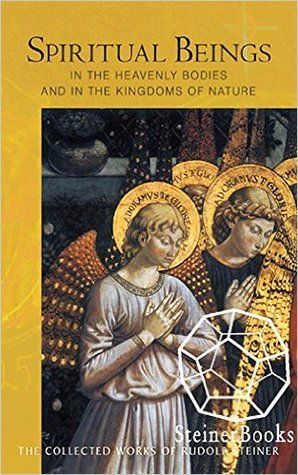
Spiritual Beings in the Heavenly Bodies and in the Kingdoms of Nature 10 lectures, Helsinki, Apr. 3-14, 1912 (CW 136)
In the architecture of Rudolf Steiner’s great cosmological temple, this extraordinary course of lectures on spiritual beings forms the central pillar, taking its place with other important texts such as the fourth chapter of An Outline of Esoteric Science (CW 13); The Spiritual Hierarchies and the Physical World (CW 136); and Inner Experiences of Evolution (CW 132). These works outline a revolutionary angelological cosmology and lie at the heart of Steiner’s mission to transform our understanding of the world by offering a new, non-dual, phenomenological path to a contemporary divine-spiritual-physical cosmology that is angelological and theophanic. Steiner’s approach is “contemporary” in that, being continuous with the most ancient understanding of the cosmos, he also discovers it for himself, through his own experience and consciousness, and expresses it in his own words with a logic and language appropriate to our time. Thus, he teaches us, his readers, to do the same. According to Rudolf Steiner, the world is made up of “beings.” This includes the very ground of the world itself, the “Father being.” His cosmology or angelology is personal, and it is known in relationship. Therefore, he presents it in terms of conditions and acts of consciousness and in relation to the divine spiritual beings whose conditions and activities they are. The spiritual world is always a world of beings. The twin realizations go together—that “I am an ‘I’” and that “reality is comprised of other “I” beings. Cosmology is angelology. Spiritual beings define all experience of reality.